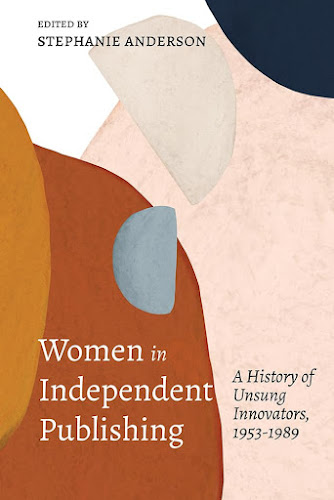When the Book Itself is Art
While the history of the artist book may have begun, as Wikipedia states, with illustrated manuscripts, and continued into our times with citations that include major art movements, discussions of art books contain two crucial elements: the object is a deliberate artistic creation, and the object is intended to function as a readable entity. Oftentimes, the experience of seeing an artist book might be in a restricted situation such as a museum, where the object itself is displayed but not touchable. Oftentimes, the lack of tactile interaction with the object lessens the experience of engaging with an artist book, as it is possible that the tactile experience is a significant part of experiencing the art. However, historical artifacts are fragile, and our experience of them must allow for respect and reverence to still the fingers’ lust to experience materials perhaps no longer available. Contemporary artist books are also rare, but still available, and any bibliophile with a personal library ought to include such entities in their collection.
Of the artist books available, one consistently delicious producer of artists books is Ethel, which reliably produces poetry chapbooks of extraordinary beauty. Typically, an edition of any book in their series will feature a cover involving physical collage that involves actual stitching, and editions tend to stay under one hundred copies. While it is true that many editions from the press are rightfully held in special collections, it is also possible to own a copy, to have one in hand, to touch the art.
In the case of a book called Father Tectonic, with text by Robert Frede Kenter, the book’s cover itself requires consideration: on a base of mylar, the work’s title and author have been printed, with the book’s cover image physically sewn to the mylar base...one can touch the delicacy of the threads rising above the smooth surface. The cover has additional stitching in varying colors of thread that form a grid column between the cover image and the spine, which is hand sewn—hand sewn in “toji”, a type of traditional Japanese binding where the stitching itself is a part of the aesthetic. Most stunning to this edition is a tiny pocket sewn on top of this collage, that contains a single yellow button. Thus, the book exists as a work of fiber art, as a kind of quilt, in that it is a sewn collage.
Artist books often contain text, and Kenter’s Father Tectonic is a full-length poetry work in and of itself. The poems are muscular, with a maturity of voice that pleasures the ear. In “Milk River”, the poem opens with: “metal taste methane/ his military chest medallion” (16) and continues with irregularly lined stanzas that nonetheless have the fluidity of speech. Kenter’s ear is impeccable here, with phrases such as “Ambling toward comatose” that are both macabre in semantics and lovely to the ear.
Experienced readers of poetry ought to take especial note of the poem “21 Investigations”, a long poem in sections that is the book’s physical centerpiece(pages21-30). The text here also employs irregular stanzas, numbered sections and the use of both italics and quotation marks, as well as open spacing with the text of the poem itself. The sections vary in length, but each exists as a poem in itself, making the piece itself a quilt. The sort of quilt that Kenter is constructing contains some lovely fabric:
6
Mother when you came home from work
we went to the library
your black hair falling into your eyes
the light a certain quality of light
between maples and oaks the sidewalk
a vision through dusty glass windows.
In the car your arthritic hand held the wheel
you read to me quietly as rain
falls between the cedars. (24)
The emotional tone of love despite pain is a consistent element throughout this work. While the characters are recognizable as both specifics and symbols—a family—Kenter’s language mixes the violent or painful with language sensitivity. In this section above, each stanza functions on an assonant repetition: the o for “mother/home/work”, the i for “library/eyes, light/ quality light/ sidewalk’ before the slant shift in “vision” to the sound of “arthritic hand”, the poem’s climax. Since this poem exists as an element in a poem series of twenty other sections, it is a poem within a poem, genre-bending in itself.
What we have thus at hand is an artistic consideration of no small weight, despite its physical ability to fit into a simple mailing envelope. Given the temporal limitations on the availability of the object, it’s a wonder that art of such gravatas can be ordered and held at hand as prosaically as any kitchen subscription. That one can actually subscribe to the press and get such wonderful books for less than a pizza is a wonderment of our times.
Su Zi is a writer, poet and essayist who produces a handmade chapbook series called Red Mare. She has been a contributor to GAS from back when it was called Gypsy Art Show, more than a decade ago.
Check out her author page on Amazon.

%20(1)-2.jpeg)

%20(1)-2.jpeg)

%20(1)-2.jpeg)

%20(1)-2.jpeg)

%20(1)-2.jpeg)